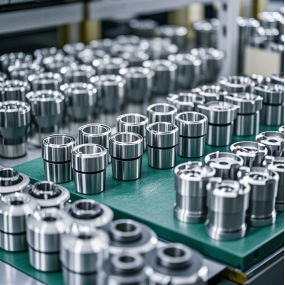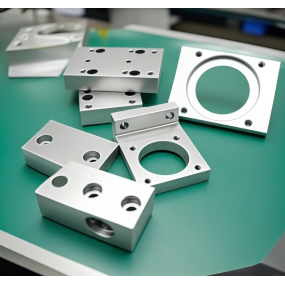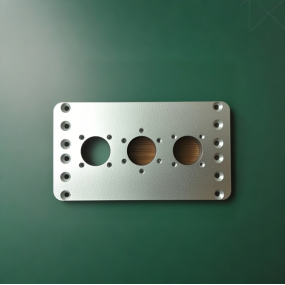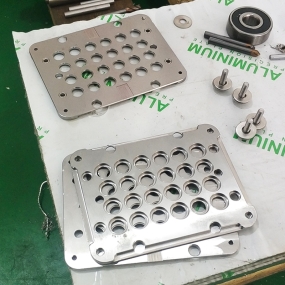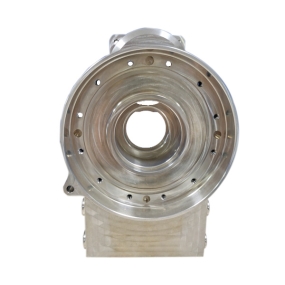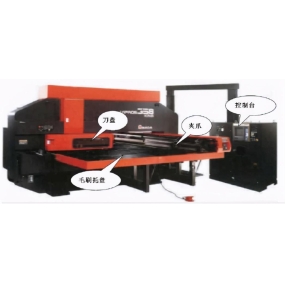In the nearby stamping plant, most of the locations where tensile cracks occur in the stamping tensile parts are at the lower end of the workpiece cylinder wall and the outer fillet or slightly below, which is the so-called risk section. The main reason is that the strain value at the risk section is too large, exceeding the maximum tensile stress it can withstand, resulting in a significant thinning of the wall thickness. The main reasons for affecting the tensile cracks of cylindrical tensile parts are as follows:
1. Mechanical properties of sheet metal. The smaller the yield strength ratio of the raw material, the greater the elongation delta, and the more favorable it is for the tensile part. Because the yield strength‘s is small, the shaping deformation of the raw material is better, the resistance that occurs during deformation is relatively small, and the tensile stress at the cylinder wall is also reduced together; the tensile strength bs is large, the strength of the risk section is correspondingly increased, and the probability of tensile crack defects is reduced. The elongation delta of the sheet metal is large, and it is not easy to show a thin neck phenomenon during stamping and stretching, so the risk section is greatly thinner and tensile cracks will be delayed.
2. Tensile coefficient m. The smaller this value m, the greater the degree of deformation of the stretched piece each time. Although the number of times of stretching of the stretched piece can be reduced, it will lead to an increase in the thickness of the stretched piece and a simpler break. 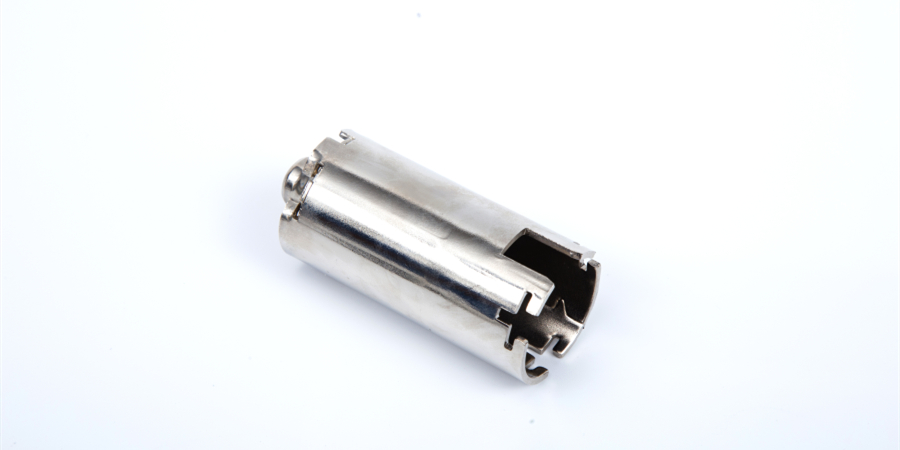 3. The radius of the fillet of the concave die. If the radius of the fillet of the concave die transition is too small, during the stretching process, the deformation resistance will occur due to the zigzag at the fillet and the straightening deformation of the sheet during stretching, resulting in a sharp increase in the frictional resistance between the two, and the total tensile force will also increase accordingly, causing the stretched sheet to become too thin, which in turn will cause cracks in the stretched piece to appear.
3. The radius of the fillet of the concave die. If the radius of the fillet of the concave die transition is too small, during the stretching process, the deformation resistance will occur due to the zigzag at the fillet and the straightening deformation of the sheet during stretching, resulting in a sharp increase in the frictional resistance between the two, and the total tensile force will also increase accordingly, causing the stretched sheet to become too thin, which in turn will cause cracks in the stretched piece to appear.
4. Punch fillet radius. During the stretching process, if the fillet radius value of the punch front end is too small, the sheet will increase through tortuous deformation at this part, which will cause the strength of the sheet at the risk section to decrease, so it is easier to show severe thinning and tensile cracks at the risk section.
5. Blank holder force and smoothness. The blank holder force of the blank holder ring should not be too large, otherwise it will be difficult for the data to enter the gap between the upper and lower molds during stretching, which will lead to easier cracking of the parts. During the stretching process, smooth measures are taken at the transition corners of the die to reduce the phenomenon of cracking of the stretched parts.
According to the above points, nearby stamping plants can reduce cracking defects during processing.
This article is from EMAR Mold Co., Ltd. For more EMAR related information, please click: www.sjt-ic.com!


 Spanish
Spanish Arabic
Arabic French
French Portuguese
Portuguese Belarusian
Belarusian Japanese
Japanese Russian
Russian Malay
Malay Icelandic
Icelandic Bulgarian
Bulgarian Azerbaijani
Azerbaijani Estonian
Estonian Irish
Irish Polish
Polish Persian
Persian Boolean
Boolean Danish
Danish German
German Filipino
Filipino Finnish
Finnish Korean
Korean Dutch
Dutch Galician
Galician Catalan
Catalan Czech
Czech Croatian
Croatian Latin
Latin Latvian
Latvian Romanian
Romanian Maltese
Maltese Macedonian
Macedonian Norwegian
Norwegian Swedish
Swedish Serbian
Serbian Slovak
Slovak Slovenian
Slovenian Swahili
Swahili Thai
Thai Turkish
Turkish Welsh
Welsh Urdu
Urdu Ukrainian
Ukrainian Greek
Greek Hungarian
Hungarian Italian
Italian Yiddish
Yiddish Indonesian
Indonesian Vietnamese
Vietnamese Haitian Creole
Haitian Creole Spanish Basque
Spanish Basque

